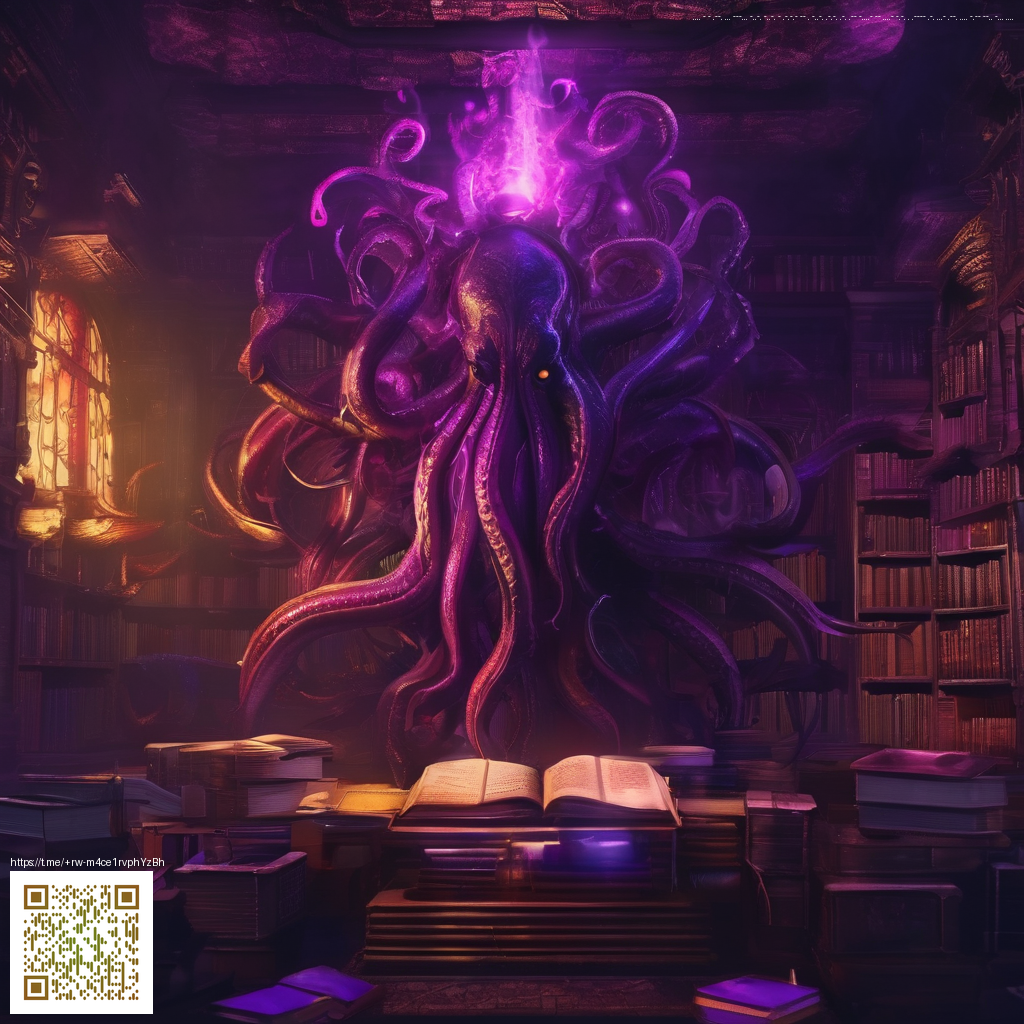
Crafting irresistible clipart packs for crafters
Designing digital clipart packs that resonate with makers isn’t just about how pretty the images look. It’s about telling a cohesive visual story, delivering practical file formats, and setting clear expectations so buyers feel confident choosing your collection. A successful pack guides crafters from concept to finished project with ease, which in turn encourages repeat purchases and word-of-mouth recommendations.
One of the biggest misunderstandings is assuming “more is better.” In reality, a well-structured pack thrives on clarity, consistency, and usability. This means establishing a distinct mood, selecting a restrained palette, and organizing assets in a way that mirrors real-world crafting workflows. For instance, think about how a crafter might combine elements for cards, planners, or printable wall art. The more adaptable your pack, the more likely it will become a staple in their toolkit.
“A well-curated collection feels like a trusted toolkit instead of a random assortment of assets. Clarity in theme and delivery is what converts window shoppers into devoted customers.”
Define your pack’s purpose and audience
Before you draw a single stroke, sketch the pack’s intent. Are you aiming for whimsical party motifs, elegant botanical accents, or bold geometric backgrounds? Narrowing the scope helps ensure each asset serves a clear function. Consider the target audience—hobby crafters, small business sellers, or classroom teachers—and tailor the imagery, naming conventions, and usage tips to their needs. You’ll save time in production and reduce the risk of scope creep that can dilute your pack’s impact.
- Theme consistency: Choose a central mood and stick to it across all assets.
- Palette discipline: Limit to 3–5 core colors with complementary accents.
- Asset variety: Include a mix of motifs (icons, patterns, borders) that work together.
- Names and metadata: Create cohesive, descriptive file names and a plain-language usage note.
From concept to cohesive theme
Turning an idea into a ready-to-use pack involves a practical workflow. Start with a mood board, then draft a small set of core assets that establish your color and shape language. Expand by testing combinations—how do your icons look when layered with text or placed on a mock project? Craft a handful of “demo uses” that show buyers how the pack will perform in real projects. Finally, assemble a clean, scalable preview system: a main preview PNG, several detail shots, and a short usage guide. This approach not only clarifies value but also speeds up the decision-making for buyers browsing your store or marketplace.
Formats, licensing, and delivery expectations
Offering multiple formats is practical, but it’s essential to set licensing expectations up front. Provide export-ready PNGs with transparent backgrounds, vector designs in SVG or AI formats, and scalable alternatives where possible. Pair these with a simple license summary that clarifies personal vs. commercial use, attribution requirements, and any prohibitions. Clear licensing reduces post-purchase friction and helps your work reach a broader audience without legal ambiguity.
Graphics should be as easy to use as they are beautiful. Clear formats, well-defined licensing, and thoughtful previews turn potential buyers into confident customers.
Packaging, previews, and accessibility
Presentation matters. Your package should include a structured folder layout, a readable readme with usage tips, and a set of strong preview images. Think beyond aesthetics: ensure accessibility basics are considered. Alt text for individual elements, descriptive folder names, and an accessible product description help a wider group of crafters, including those who rely on assistive technologies. When buyers understand exactly what they’re getting, they’re more likely to invest and recommend your packs to others.
In a real-world workspace you might benefit from a calm, supportive surface for design work and testing. A non-slip environment can be a surprisingly helpful detail when you’re refining layouts and testing color contrast. For an example of a reliable accessory, consider the Non-slip Gaming Mouse Pad 9-5x8-3mm Rubber Back, which keeps your cursor steady during review sessions. If you’re curious about how assets translate to different contexts, you can also explore a sample gallery at https://amber-images.zero-static.xyz/7afce245.html.
Workflow tips for faster, cleaner design
- Build a modular asset system with layers for color, texture, and shape variations.
- Maintain consistent stroke widths, corner radii, and grid alignment to create a cohesive pack.
- Deliver a ready-to-use package with a 1-click import option for popular design tools.
- Include a short, reader-friendly license and a quick-start guide in the download.
By focusing on clarity, usability, and thoughtful packaging, you’ll create clipart packs that help crafters dream bigger and craft faster. The result is not only beautiful graphics but a reliable product line that builds trust and repeat business.